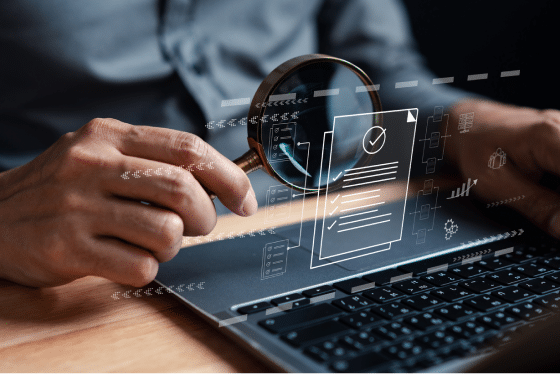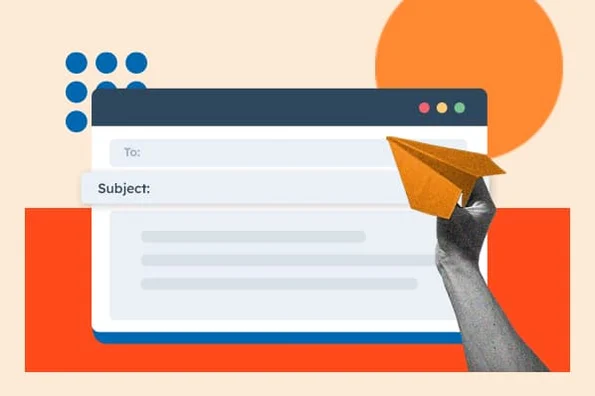Numerous companies have transitioned to using payslip systems in today’s technology-driven world. These digital records provide advantages in terms of ease of access, productivity enhancement, and eco-friendly perks. Despite these advantages, there are worries about the security of systems. This article delves into the aspects of payslip systems and scrutinises the protective measures they incorporate for user safety.
Understanding Electronic Payslips
Electronic payslips serve as the counterpart of paper payslips. They offer workers crucial details about their earnings and deductions to determine their net pay effectively and efficiently through secure online platforms or email delivery methods. This is part of a shift towards digital payroll systems that aim to simplify the process and save resources while being environmentally friendly.
Benefits of Electronic Payslips
Digital payslips offer a cost-cutting benefit. They eradicate the need for paper-based records, which results in savings on printing and mailing costs and storage expenses for companies and organisations alike. Accessibility is also enhanced, as employees have the flexibility to access their payment information at any time and from any location. This added convenience is valuable for individuals juggling schedules or engaging in work setups.
Furthermore, digital payslip systems help promote sustainability by minimising paper usage. This eco-friendly practice is advantageous for companies and the environment.
Security Features of Digital Payslips
Ensuring the security of electronic payslip information is highly important, and various steps are taken to protect data effectively. Encryption is key in safeguarding data both during transmission and while stored. This method converts data into a coded form that can only be accessed by authorised individuals. Secure Sockets Layer (SSL) technology commonly facilitates secure communication through encrypted channels connecting servers and users.
Moreover, employing two-factor authentication offers a level of protection to safeguard data. Workers are required to supply a means of verification, such as a unique code from their device, to view their pay stubs. This method helps reduce the likelihood of individuals gaining entry to information.
Potential Risks and Concerns
While electronic payslip systems come with security measures in place to protect them from risks, like cyberattacks posed by hackers who are always finding ways to break in through phishing schemes or malware attacks that could expose sensitive information, organisations need to stay alert and update their security protocols frequently to stay ahead of these threats.
Employee awareness is an issue that needs attention. Individuals must realise the significance of protecting their login details through strong passwords and careful online conduct, which ultimately enhances data security measures. Educating staff about risks and recommended practices plays a role in significantly minimising security vulnerabilities.
Choosing a Secure Platform
Choosing a platform for pay stubs is crucial for businesses to consider carefully and select the right service providers based on their security protocols, user-friendly interface, and reputation in the industry. A credible provider will focus on safeguarding data and providing security measures while also ensuring that customer support is easily accessible to assist with any questions or problems that may arise.
When picking a platform for your needs, you must check how well it aligns with industry standards and regulations to safeguard data and maintain credibility. Certifications from reputable entities could back this up.
Future Trends in Electronic Payslip Security
Digital payslip security is constantly improving as technology progresses. Artificial intelligence (AI) and machine learning (ML) are becoming vital in effectively recognising and addressing security risks. By examining patterns and identifying irregularities swiftly, these tools enable responses to security breaches.
Biometric authentication techniques, like fingerprint or facial recognition, boost security measures by offering identifiers that are hard for unauthorised individuals to copy or mimic effectively. As organisations integrate these security methods, the protection of payslip safety will see significant enhancements.
Conclusion
Digital salary statements offer advantages such as saving money and time and being environmentally friendly. Although there are concerns about related security issues, with measures and technologies in place, sensitive data can be safeguarded. By being aware of dangers and selecting secure systems, organisations can guarantee the protection of staff information. As technology advances, the security of pay slips will improve, giving more assurance to both employers and employees.




